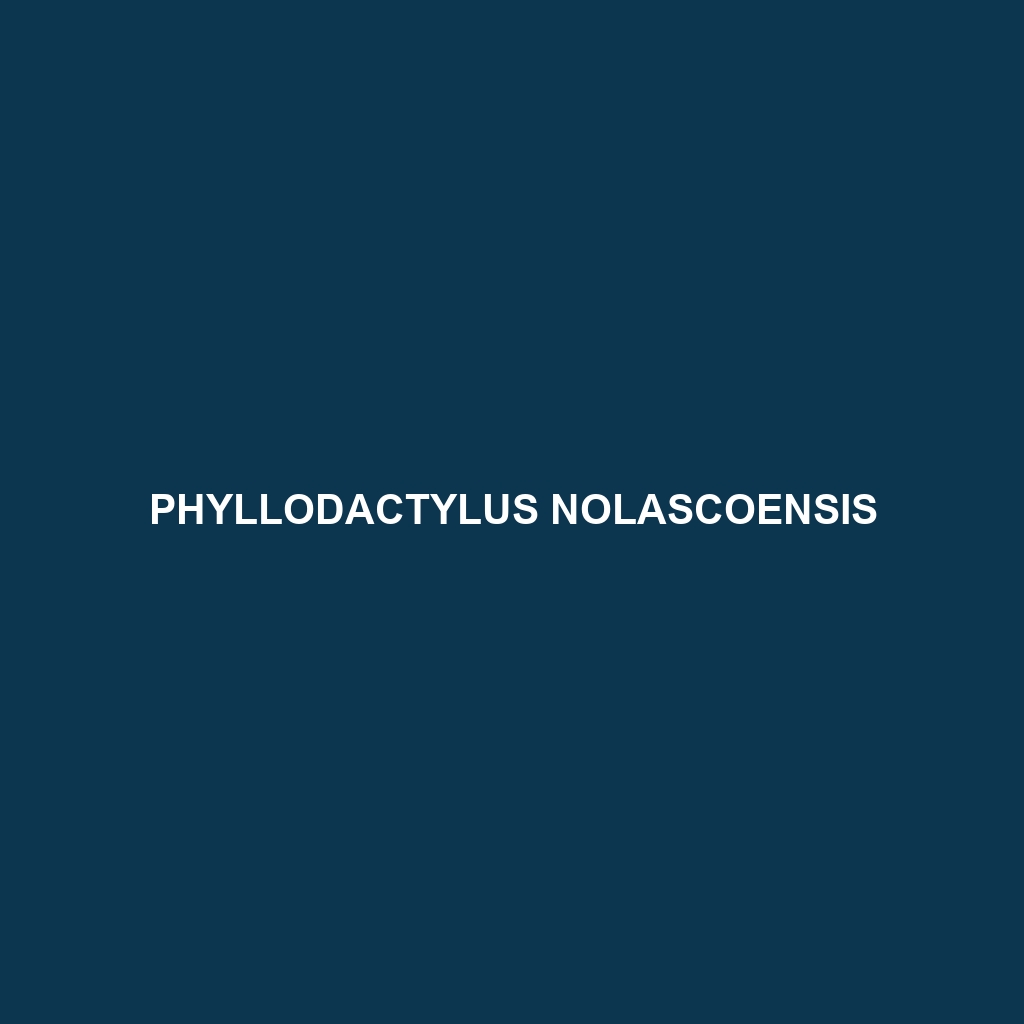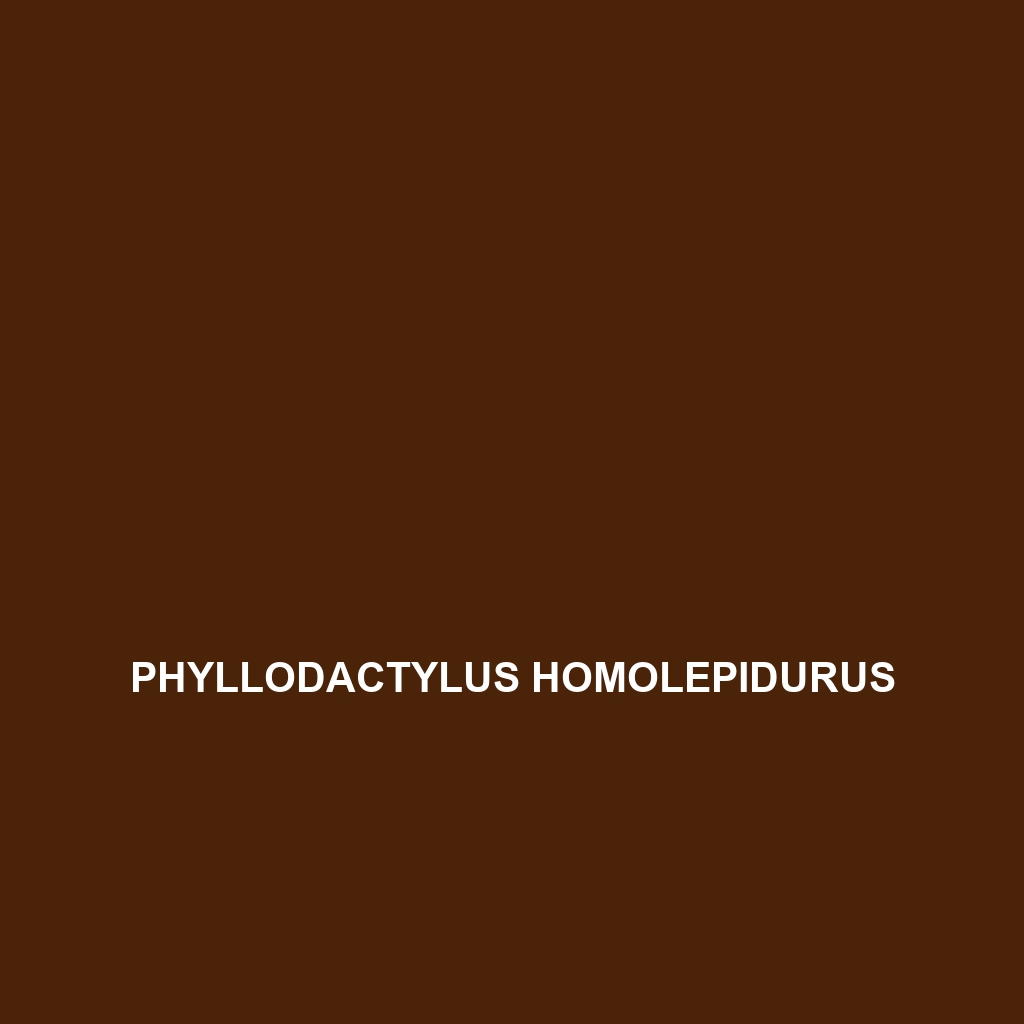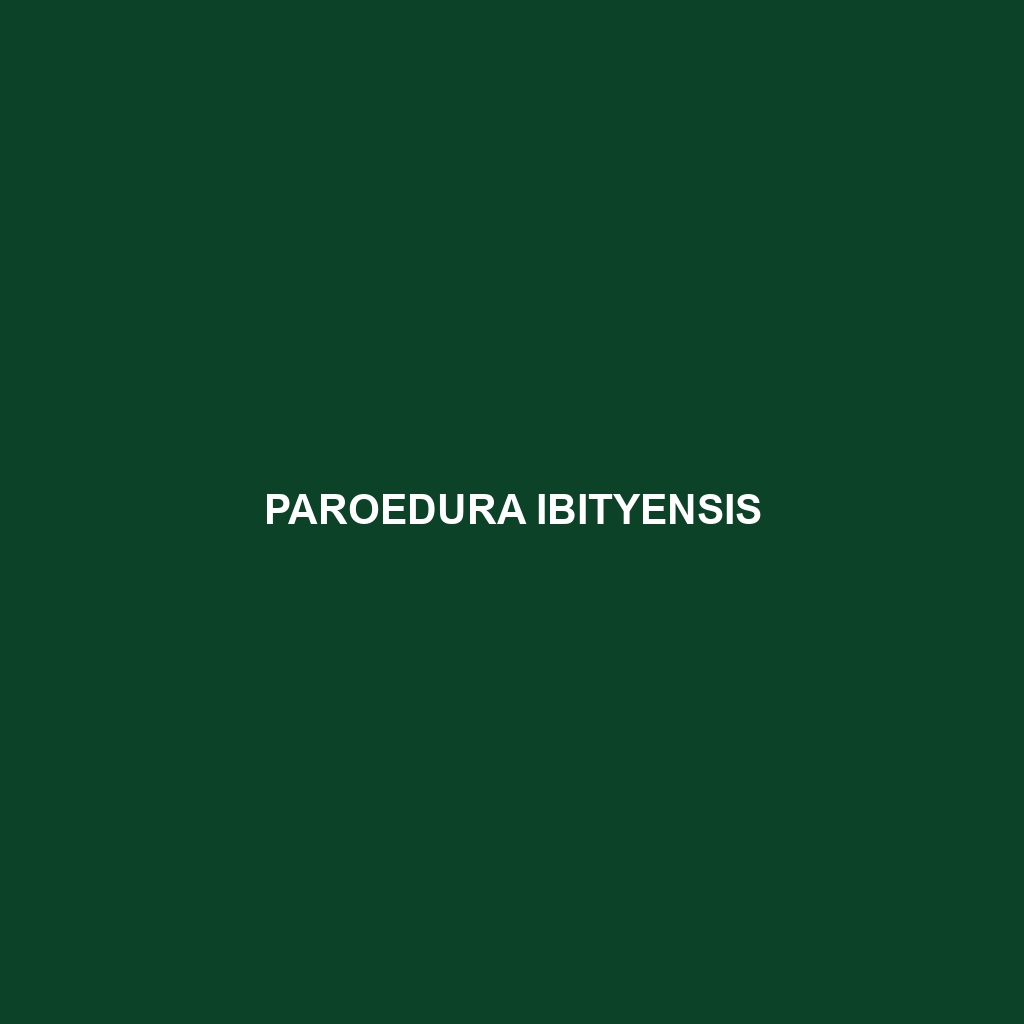<b>Pseudogekko smaragdinus</b>, known as the Emerald Token Gecko, is a vibrant green, nocturnal insectivore native to the tropical rainforests of Southeast Asia, particularly the Philippines. This small to medium-sized gecko, measuring 12 to 20 cm in length, exhibits arboreal behavior and plays a vital role in its ecosystem by controlling insect populations and aiding in seed dispersion.
Tag: ecosystem role of geckos
Pseudogekko smaragdinus
<b>Pseudogekko smaragdinus</b>, known as the Emerald Token Gecko, is a vibrant green, nocturnal insectivore native to the tropical rainforests of Southeast Asia, particularly the Philippines. This small to medium-sized gecko, measuring 12 to 20 cm in length, exhibits arboreal behavior and plays a vital role in its ecosystem by controlling insect populations and aiding in seed dispersion.
Phyllodactylus palmeus
Discover the Phyllodactylus palmeus, or palm gecko, a small, nocturnal reptile measuring 4 to 6 inches in length, known for its distinctive flattened body, adhesive toe pads, and remarkable camouflage. Thriving in tropical rainforests and coastal areas, this insectivorous species plays a vital ecological role by controlling insect populations while relying on dense vegetation for shelter and food.
Phyllodactylus nolascoensis
The Phyllodactylus nolascoensis, a medium-sized gecko native to the arid regions of Nolasco Island, Mexico, is known for its impressive adaptability to rocky environments, nocturnal behavior, and distinct camouflaging coloration. This insectivorous species plays a crucial role in its ecosystem, regulating insect populations while serving as prey for larger predators.
Phyllodactylus julieni
<p>The <b>Phyllodactylus julieni</b>, or Julien's gecko, is a slender, nocturnal gecko native to tropical rainforests in the Caribbean, known for its distinctive earthy-toned skin and large toe pads that aid in climbing. This insectivorous species plays a crucial role in its ecosystem by controlling pest populations and serving as prey for larger animals.</p>
Phyllodactylus homolepidurus
Discover the intriguing Phyllodactylus homolepidurus, a small to medium-sized nocturnal gecko found in the tropical rainforests and dry savannas of Central and South America. With its exceptional camouflage, adhesive toe pads, and adaptability to diverse habitats, this insectivore plays a critical role in maintaining ecological balance.
Paroedura ibityensis
Discover the stunning Ibity Leaf-Tailed Gecko (Paroedura ibityensis), a nocturnal insectivore native to the unique dry forests and mountainous regions of Madagascar. With its exceptional camouflage and remarkable tail regeneration, this vulnerable species plays a crucial role in maintaining the ecological balance of its habitat.
Paniegekko madjo
<p><b>Paniegekko madjo</b> is a medium-sized gecko, measuring 15 to 25 cm, known for its vibrant coloration and remarkable adaptability in the tropical rainforests of Southeast Asia. This nocturnal insectivore plays a critical role in regulating insect populations and is currently classified as vulnerable due to habitat loss.</p>
Pachydactylus macrolepis
The Pachydactylus macrolepis, or thick-toed gecko, is a robust, nocturnal insectivore native to arid regions of southern Africa, characterized by its broad feet, distinctive coloration, and ability to regenerate its tail. This gecko thrives in rocky outcrops and sandy dunes, playing a critical role in controlling insect populations and serving as prey for larger predators in its ecosystem.
Pachydactylus capensis
Discover the Pachydactylus capensis, commonly known as the Cape thick-toed gecko, a nocturnal insectivore native to southern Africa's savannas and semi-arid deserts. With its distinctive granular skin, large adhesive toes, and remarkable climbing abilities, this gecko plays a vital role in its ecosystem by regulating insect populations and serving as prey for larger predators.









